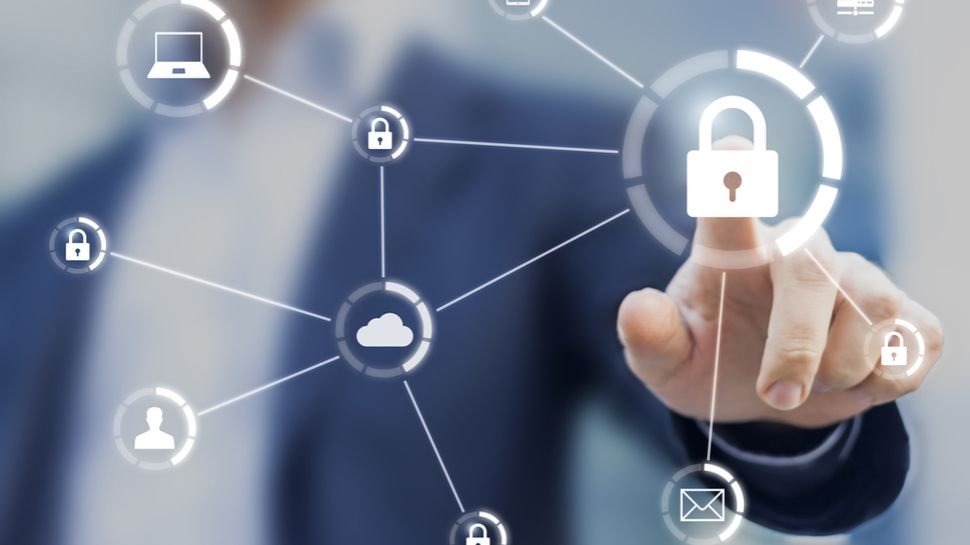

Due to the need to ensure business continuity during the pandemic, many organizations have had to make quick tactical decisions to allow more than 90% of their workforce to work remotely at the same time. Remote work is not a new concept, what is new is that through the unprecedented times we are all living in, even the most skeptical of agile work culture have had to embrace and trust this practice. While solutions that allow an entire organization to work remotely have been around for quite some time, the pace at which organizations have had to adopt them in recent months has created a new set of challenges for everyone.
Total security
Ensuring a secure system is a key element in a company's operational resilience. In a time when organizations are strapped for money and resources, and business uncertainty is high, vulnerabilities can emerge quickly, especially with the growth of remote work. Hackers have already identified ways to exploit the security holes that Covid-19 has exposed, and they will not hesitate to use them to their advantage. Securing data is hard enough when employees are working from the same foundation, but it's even harder when the workforce is isolated. The first step in arming your organization with the tools to keep hackers at bay starts with your employees. Organizations should spend no time or effort to ensure that people are fully informed about best practices in data protection and highlight the potential risks that poor cyber hygiene can pose to the business. A "zero trust" approach is another tactic that applies to both your employee mindset and how you manage trust within networks and systems. The concept is that you treat all traffic the same by default (untrusted) until the identity of the user or software is identified as secure and within company means. With the advent of AI technologies; Like machine learning coupled with high performance computing, the ability to analyze large amounts of log information is now possible in near real time. This combined capability can deliver critical analytics that can help find potential attack vectors and shut them down before they can be exploited, whether by external malware or internal malicious actors. You can also rely on a robust virtual office infrastructure to establish or extend the secure access to applications and data that we've seen in businesses from financial services to call centers.voltage line
Not surprisingly, the increase in demand for fast, reliable broadband is causing the downside of network strains and outages. Home broadband and cellular networks in the UK were never designed to support the 90% of the UK workforce connecting from their homes, but the global pandemic changed demand overnight. While part of the job of maintaining strong network connections falls to network providers, there are steps organizations can take to keep employees connected and ensure productivity. Ensuring that your company's virtual private network (VPN) / remote access infrastructure can handle a large number of users at the same time is a key to overcoming this challenge. While working from home and the network problems that came with it were once seen as a temporary problem, the trend towards a continuous remote workforce means that everyone will have a fast and reliable connection at all times. Along with a strong VPN, you want to ensure that you provide employees with a strong and consistent connection with a service provider that is committed to continually improving its capabilities. During the pandemic, many leading providers in the UK and around the world have reaffirmed their goals to provide the best possible network connection.company culture
Too often we see technology being held accountable for the challenges that remote work policies bring to organizations, when the reality is that a company's culture plays an equal, if not more, role in how these work. Remote practices are adopted. There are no two ways about it, the need to provide employees with remote access and sufficient equipment to work safely and productively from home is paramount, but ensuring processes and training are in place to support this shift for colleagues they are not used to. is of equal importance. Furthermore, one of the biggest challenges comes from not only the need for a secure IT infrastructure, but also to recreate a sense of corporate culture within an isolated workforce. Beyond the need to have the right IT tools to support companies, companies must seek to recreate the feeling of being within a work community. At our own company, we have adopted several culture-focused sessions to encourage employees to maintain social interactions with their colleagues at home, including virtual coffee mornings once a week to help replicate the brief catch-ups that employees employees would normally be at the coffee machine. it can encourage thought sharing and problem solving and even Friday night concerts given by staff members.The way to follow
Now that most companies have begun to move into the new era of remote work, many may be looking to refine their adopted strategy, solutions, and culture to meet their long-term needs. What has become clear throughout the lockdown is that with a balance between a strong IT infrastructure and a focus on corporate culture and community, productive and secure remote work can be achieved. The best way to overcome the challenges of remote work now and in the future is to connect and protect, a concept we believe will allow companies and teams to continue to thrive even after the pandemic.- Chris Ibbitson, Chief Technologist at HPE.